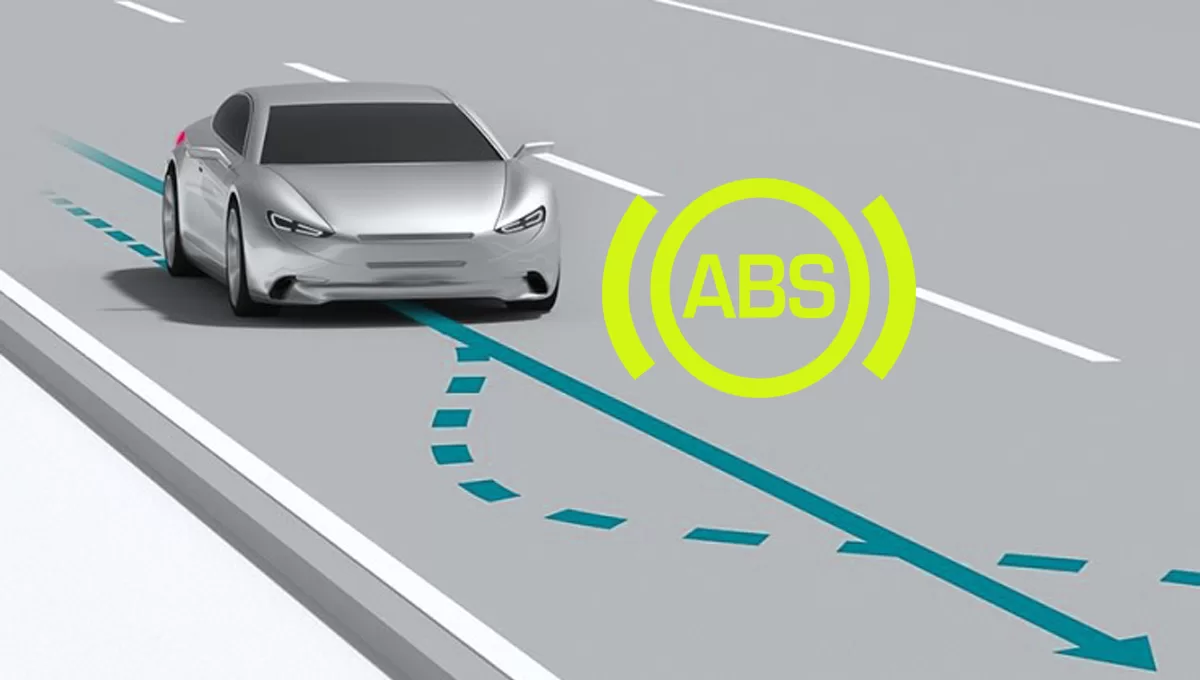What is the meaning of anti lock braking system?
Antilock Breaking system means A safety process used firstly on aircraft and then on cars, trucks, and motorbikes.
What is the primary purpose of an Anti-lock braking system?
French inventor Gabriel Voisin created the first basic version of the anti-lock braking system in the 1920s. To help with aircraft brakes. The anti-lock braking system was not widely adopted and brought into the trading market until the 1970s.
An anti-lock braking system (ABS) helps you navigate by adding friction to the tires in an emergency. The Anti-lock braking system aids in preventing wheel locking so that the driver can potentially drive with security. Anti-lock brakes are generally advantageous in slippery or rainy circumstances because they give the driver more stability and prevent the vehicle from spinning out of control. Anti-lock braking system (ABS) is included in the most vital modernized car safety equipment. The anti-lock braking system is used in buses, trucks, cars, and airplanes on motorbikes.
What is the meaning of anti lock braking system – FREQUENTLY ASKED QUESTIONS
How does an anti-lock braking system work?
The Anti-lock braking system keeps the wheels from locking up when applying the brakes, preserving contraction with the pavement. When the wheels got to catch with a slick or wet surface or throughout a sudden brake, you could lose command and grip, which could cause the car to rotate. If you fail to stop the wheel on time, anti-lock brakes prevent the vehicle from locking up. An Anti-lock braking system allows the car to manage directional command throughout the danger.
An anti-locking braking system works in conjunction with your standard braking system. In vehicles without an anti-lock braking system, the driver must dynamically use the brakes to prevent wheel lockup. In cars with an anti-locking braking system, the driver should keep their foot tightly on the brakes. The anti-lock braking system is now a standard feature on nearly all modern cars and motorcycles, and it aids with frictional control in addition to navigation during braking.
VISIT THE HOMEPAGE FOR THE LATEST UPDATES
The four main parts of a standard anti-lock braking system are;
Speed sensor- These sensors keep track of how quickly the wheels revolve.
Valves- The brake lines set separate settings for the valves to permit, stop, and free force on the brakes.
Pump- On demand, these hydraulic fluid-filled pumps exert force on the braking calipers.
Controller- Electronic control unit, the anti-lock braking system brain, uses information from the trigger to decide if or not to apply the brakes.
READ MORE :
- All About Aston Martin Cars
- Audi e tron Review
- Bently Continental GT price in India
- BMW X1 Price in India
- Brezza 2022 Launch date in India
- Why Bugatti Is So Expensive?
- Best car dealers in Dubai
- Concorde Motors Kochi
- Honda Showroom Kochi
- Indus Motors Thevara
- KIA DEALERS IN PUNE
- Lamborgini Showroom in India
- Nippon Toyota Kalamassery
- Rolls Royce Showroom in India
- Sai Service Pathadipalam
- Top 10 Car Showrooms Kottayam,
- Top 5 Car Showrooms Trivandrum
- BREZZA 2022 vs TATA NEXON
- Citroen C3 price in India
- 2021 Chevrolet corvette vs Mustang Shelby GT50
- Is Mercedes-Benz better than BMW?
- EcoSport Price in Kerala
- Upcoming Ford cars in India –
- Alcazar
- Cars price in India
- Hyundai Creta
- i20 Price in Kerala on-road
- venue price in India
- KIA Carens price in India on road
- Carnival 2021 India
- KIA Cars on road price in India
- seltos price in Kerala
- Kia sonet price in Kerala
- Landrover Range rover Evoque review
- Mahindra Bolero Neo
